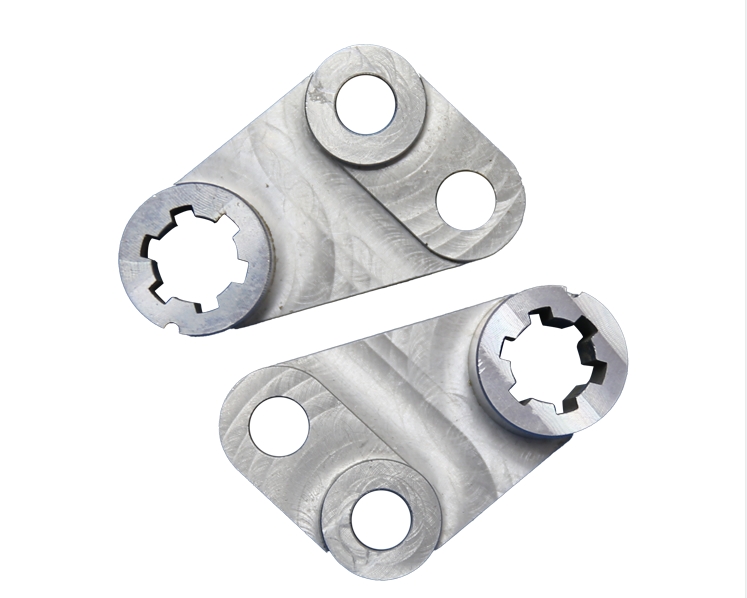

The mystery of machining errors in electronic machined parts
Release time:2023-12-29
In today's ever-changing technology, electronic devices have become an indispensable part of our lives. However, have you ever wondered whether the production process behind these seemingly perfect devices is as flawless as they are? The answer is not always. Errors in electronic machined parts processing are an unavoidable phenomenon. So why are there errors in electronic machined parts processing?
First, we need to understand what error is. In mechanical manufacturing, error is the difference between the actual size, shape, position or surface roughness and the design requirements. This difference may be due to various factors in the production process, such as the accuracy of the equipment, the skill of the operator, the nature of the material, etc.
For the processing of electronic machined parts, there are several main reasons for errors:
1. equipment accuracy: equipment is the key factor in the production process. If the precision of the equipment itself is not high enough, then the processed product will naturally appear error. For example, if there is a small deviation in a device used to cut electronic components, then this deviation will be magnified, resulting in inaccurate dimensions of the final product.
2. Operator skills: Although modern machinery and equipment are highly automated, they still require an operator to monitor and make adjustments. If the operator's skills are insufficient or the operation of the equipment is not skillful, then unnecessary errors may occur.

3. Material properties: The material properties of electronic components can also affect the machining process. For example, some materials may be deformed during processing, resulting in inaccurate dimensions of the final product.
4. Environmental factors: Temperature, humidity and other environmental factors can also affect the process of processing electronic machined parts. For example, high temperatures may cause the material to expand, thus affecting the dimensions of the product.
Although errors in electronic machined parts processing cannot be completely avoided, we can minimize the impact of errors by improving the accuracy of the equipment, upgrading the skills of the operators, selecting appropriate materials and controlling the environmental conditions. At the same time, through accurate measurement and calibration, we can also detect and correct these errors to ensure the quality of the final product.
Overall, the machining error of electronic machined parts is a complex issue that involves many factors. However, as long as we deeply understand these factors and take effective measures, we can definitely reduce the errors and improve the product quality.
First, we need to understand what error is. In mechanical manufacturing, error is the difference between the actual size, shape, position or surface roughness and the design requirements. This difference may be due to various factors in the production process, such as the accuracy of the equipment, the skill of the operator, the nature of the material, etc.
For the processing of electronic machined parts, there are several main reasons for errors:
1. equipment accuracy: equipment is the key factor in the production process. If the precision of the equipment itself is not high enough, then the processed product will naturally appear error. For example, if there is a small deviation in a device used to cut electronic components, then this deviation will be magnified, resulting in inaccurate dimensions of the final product.
2. Operator skills: Although modern machinery and equipment are highly automated, they still require an operator to monitor and make adjustments. If the operator's skills are insufficient or the operation of the equipment is not skillful, then unnecessary errors may occur.

3. Material properties: The material properties of electronic components can also affect the machining process. For example, some materials may be deformed during processing, resulting in inaccurate dimensions of the final product.
4. Environmental factors: Temperature, humidity and other environmental factors can also affect the process of processing electronic machined parts. For example, high temperatures may cause the material to expand, thus affecting the dimensions of the product.
Although errors in electronic machined parts processing cannot be completely avoided, we can minimize the impact of errors by improving the accuracy of the equipment, upgrading the skills of the operators, selecting appropriate materials and controlling the environmental conditions. At the same time, through accurate measurement and calibration, we can also detect and correct these errors to ensure the quality of the final product.
Overall, the machining error of electronic machined parts is a complex issue that involves many factors. However, as long as we deeply understand these factors and take effective measures, we can definitely reduce the errors and improve the product quality.
